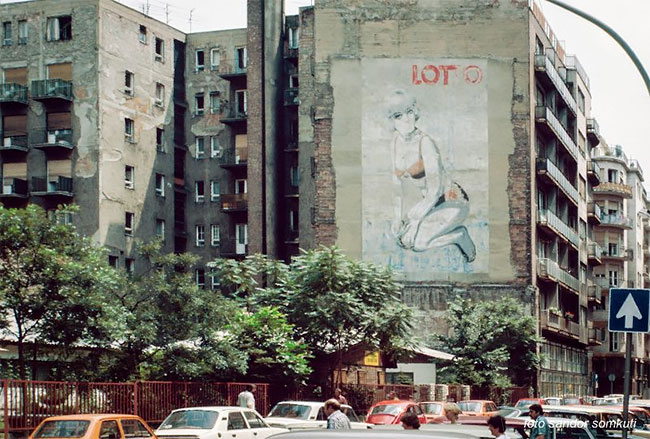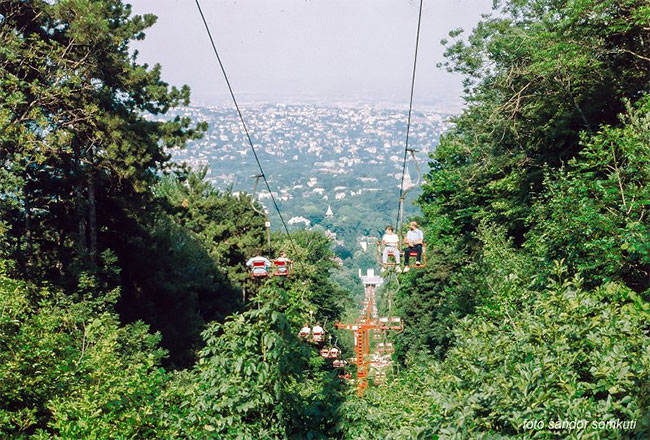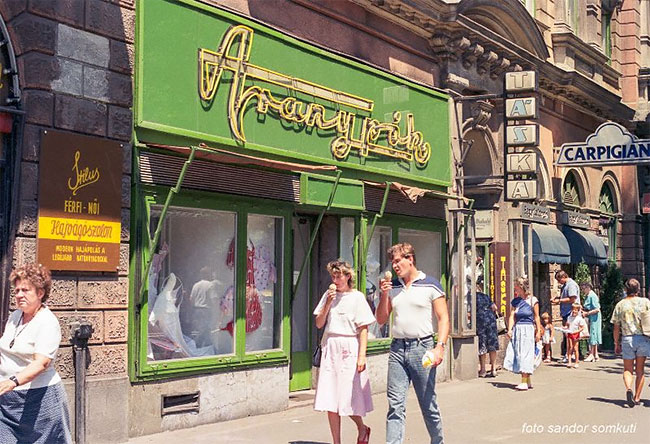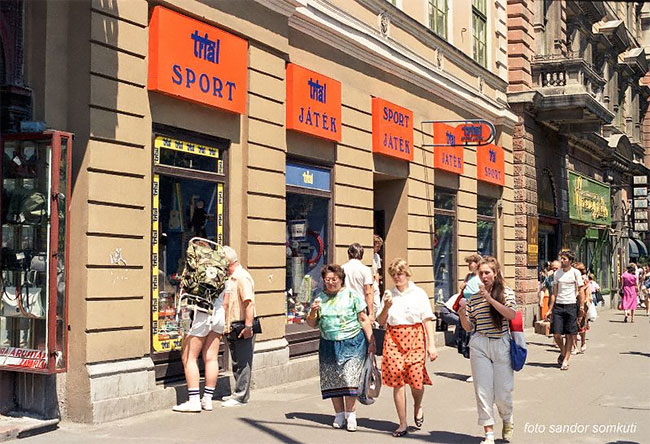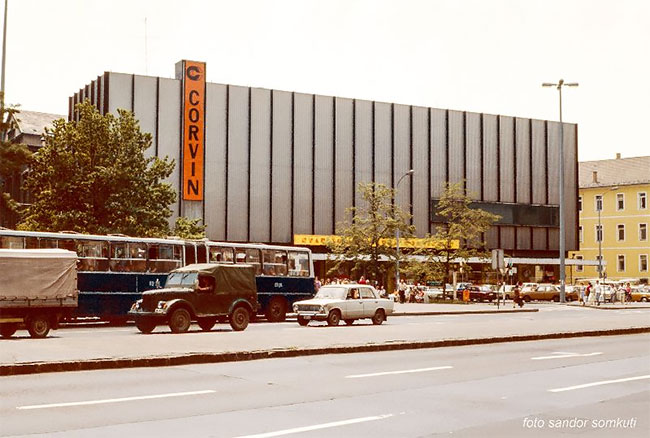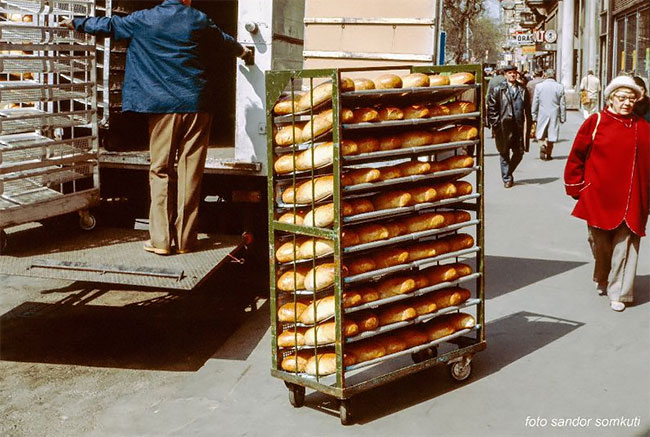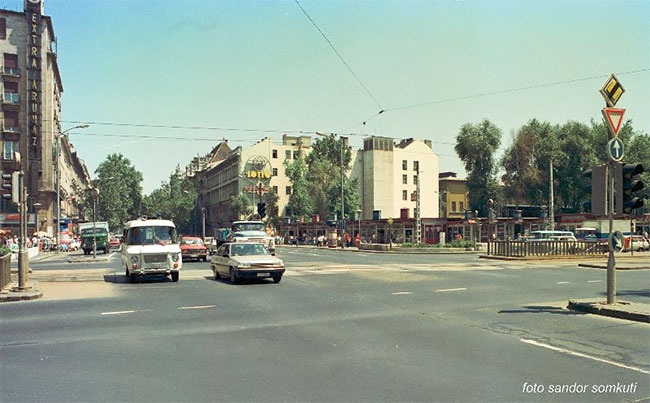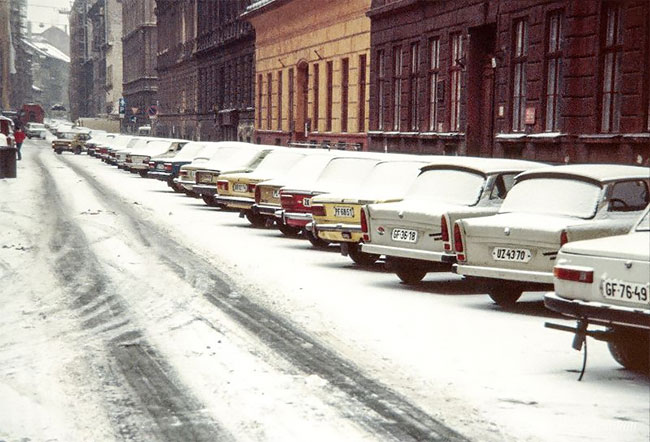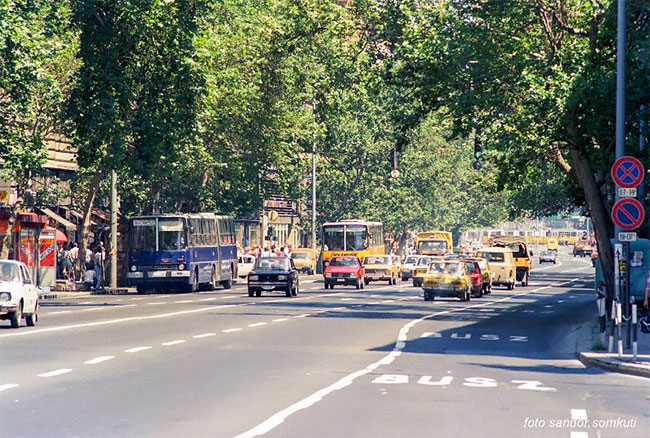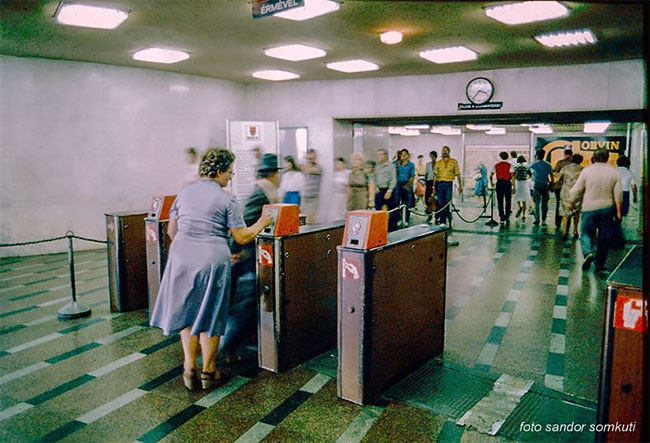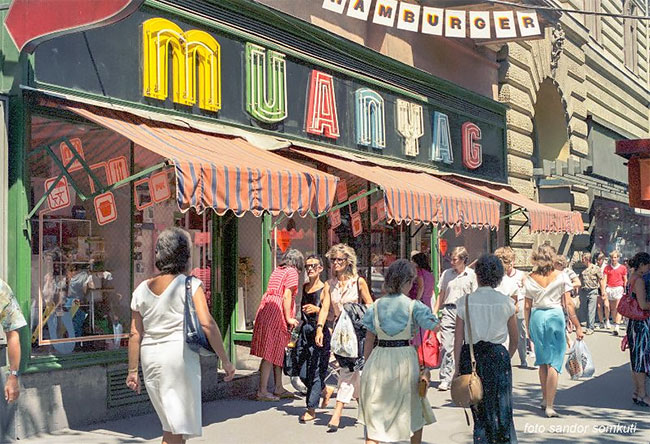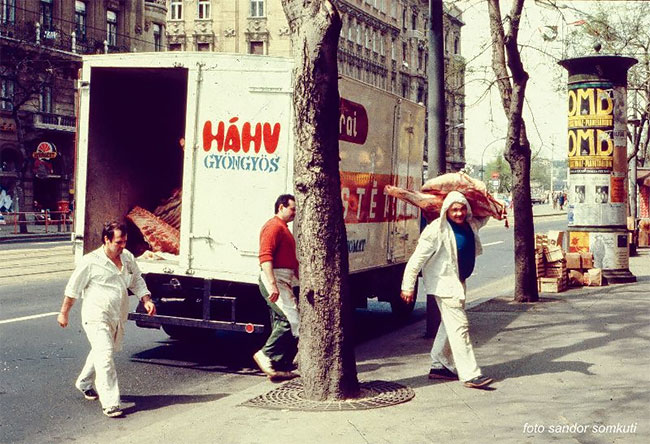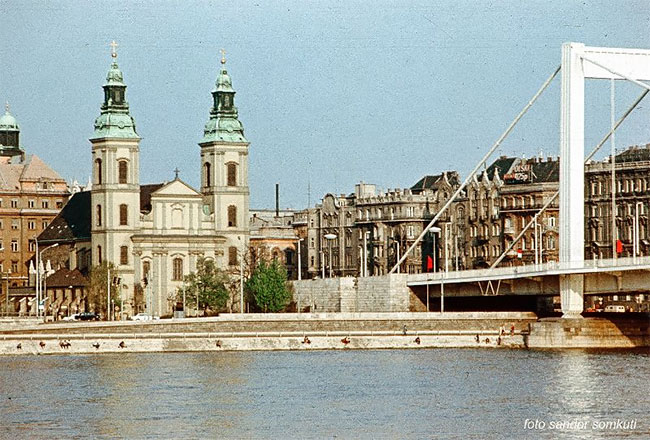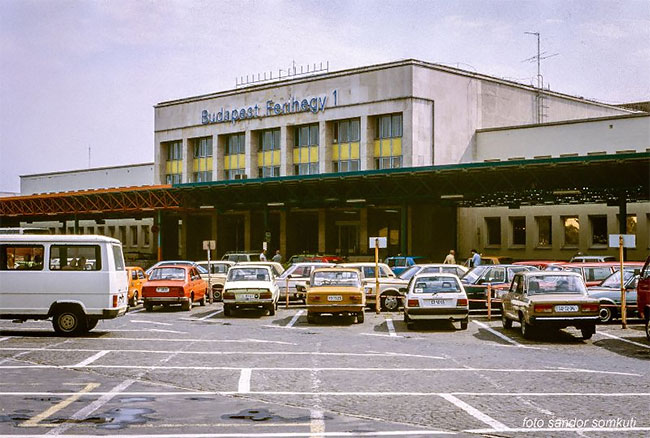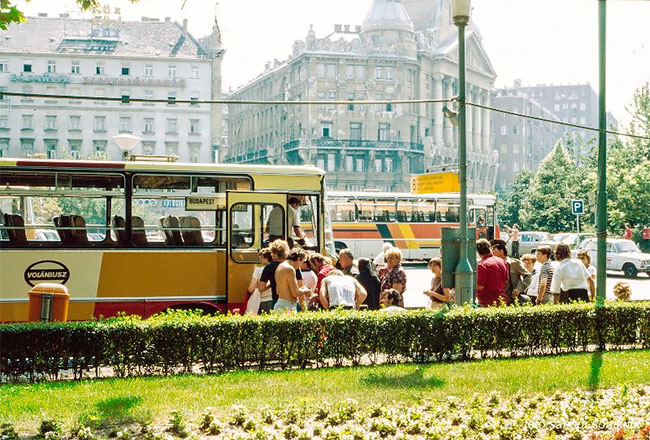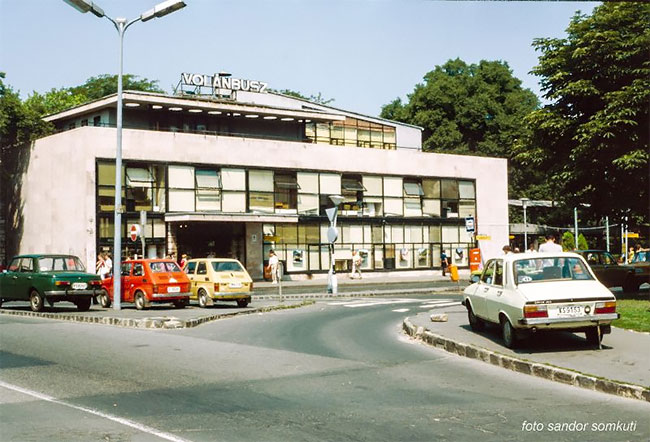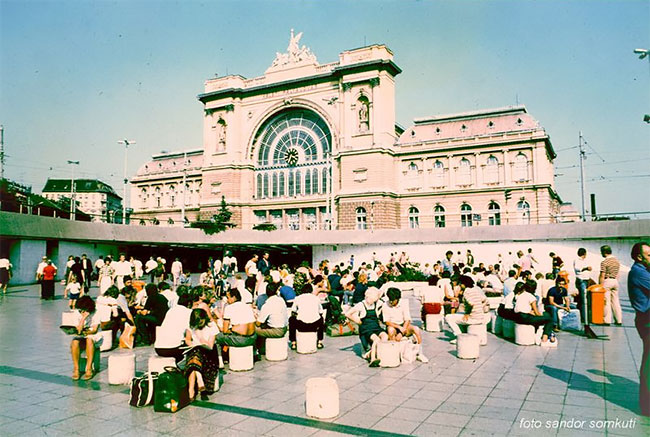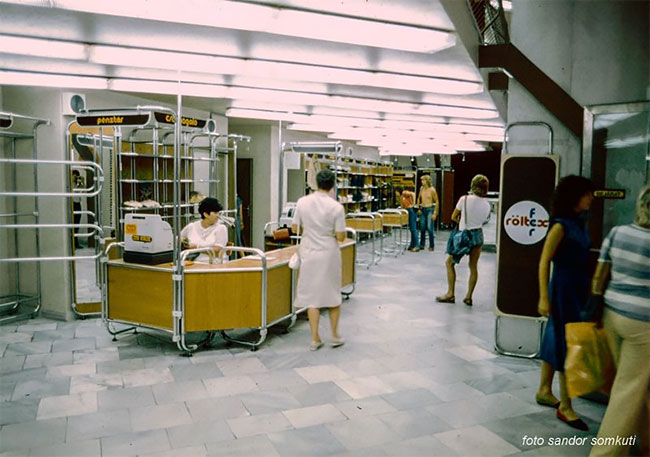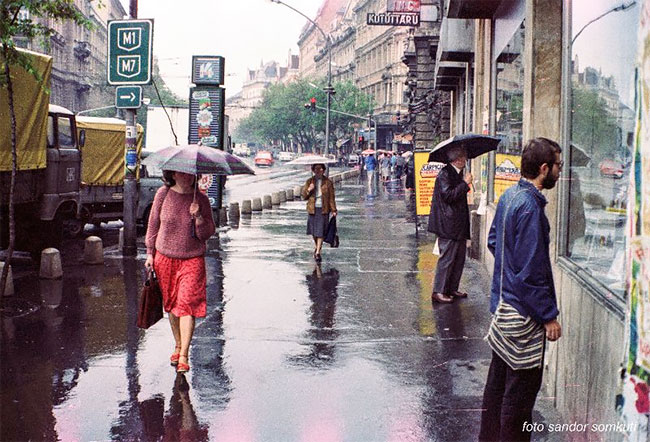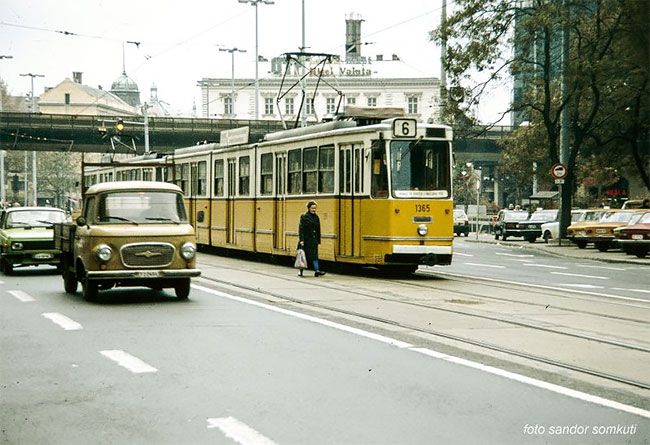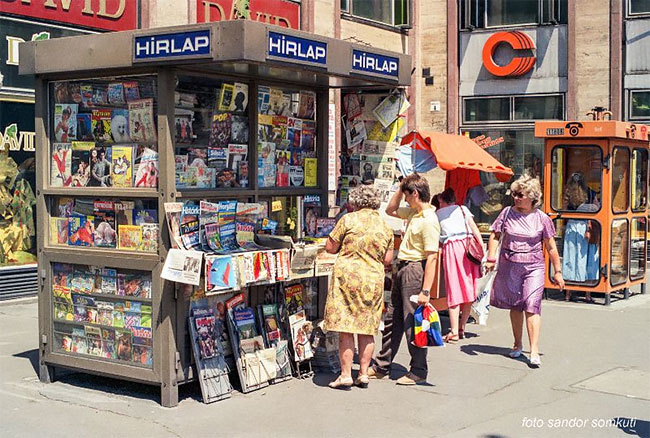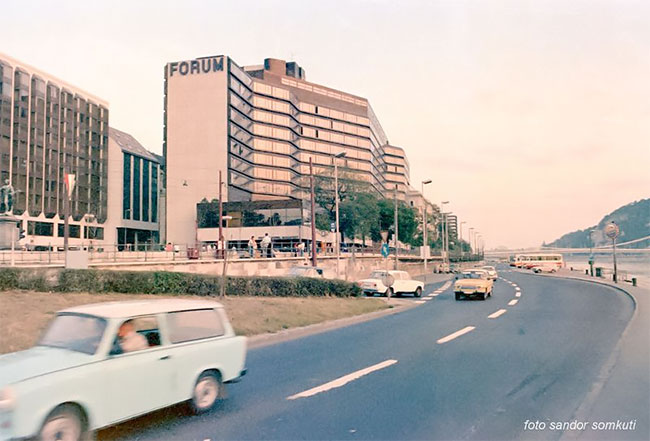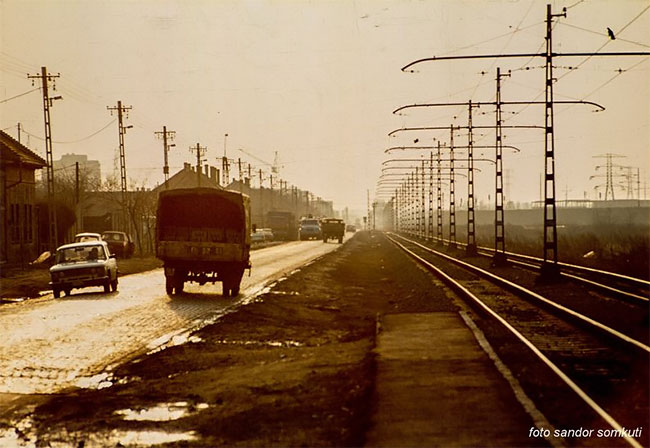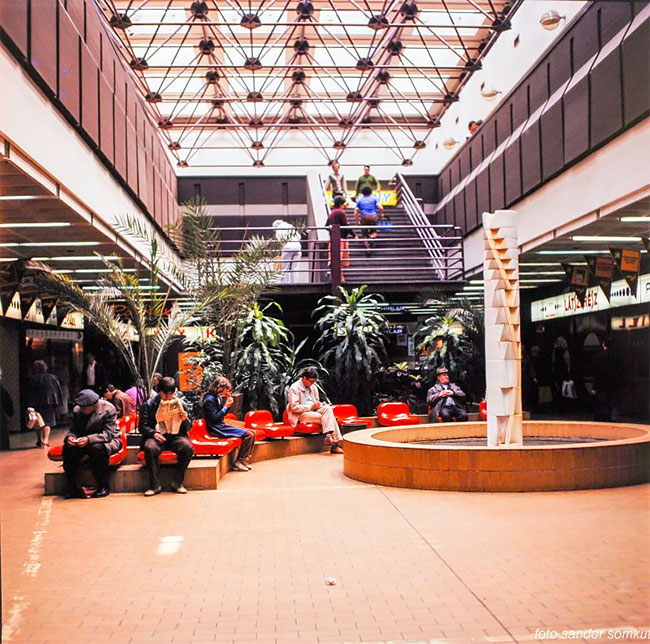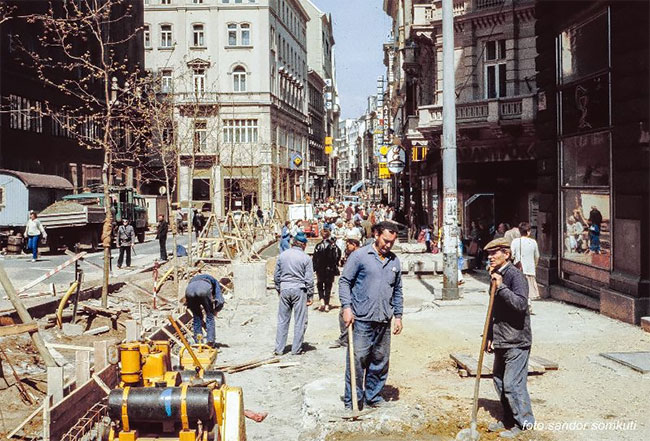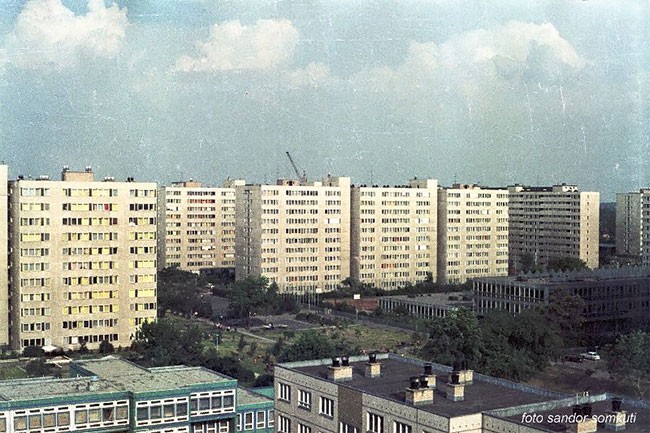Budapest in the 1980s Through Fascinating Photos
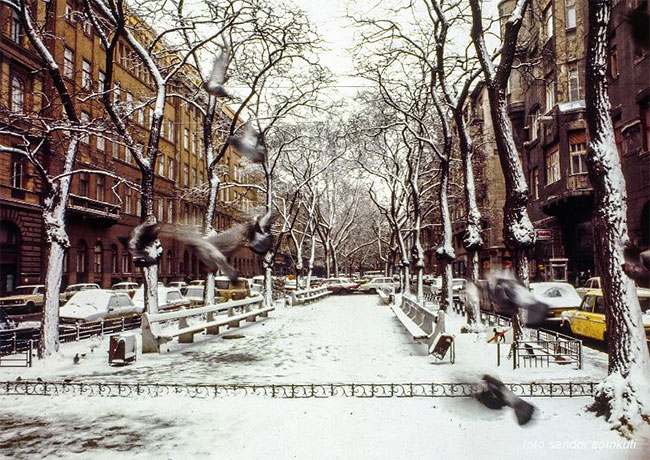
From the 1960s to the late 1980s Hungary was often satirically referred to as “the happiest barrack” within the Eastern bloc, and much of the wartime damage to the city was finally repaired.

In the early 1970s, Budapest Metro’s east–west M2 line was first opened, followed by the M3 line in 1976. In 1987, Buda Castle and the banks of the Danube were included in the UNESCO list of World Heritage Sites. Andrássy Avenue (including the Millennium Underground Railway, Hősök tere, and Városliget) was added to the UNESCO list in 2002. In the 1980s, the city’s population reached 2.1 million.
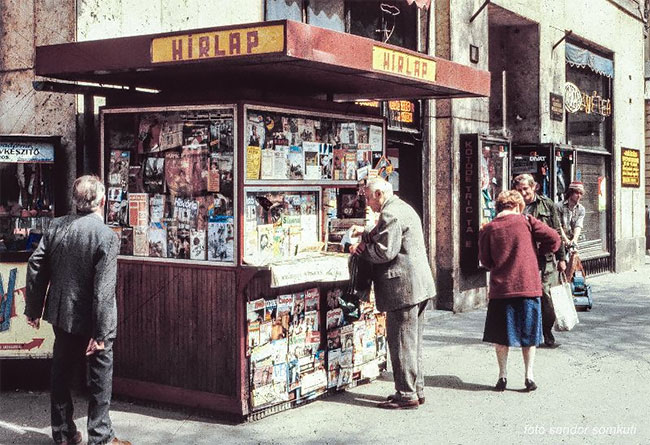
In recent times a significant decrease in population occurred mainly due to a massive movement to the neighboring agglomeration in Pest county, i.e., suburbanisation.
These fascinating photos were taken by Sandor Somkuti that show street scenes of Budapest in the 1980s.
